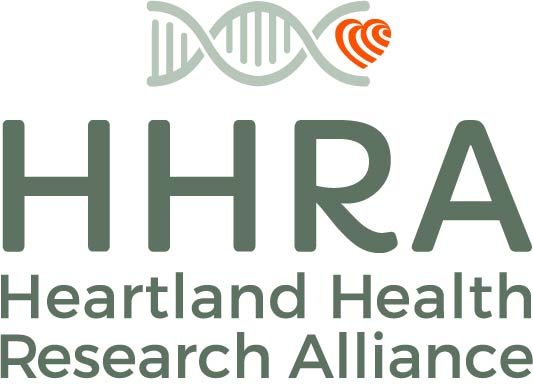Zuanazzi et al., 2020
Zuanazzi, N. R., Ghisi, N. C., & Oliveira, E. C.; “Analysis of global trends and gaps for studies about 2,4-D herbicide toxicity: A scientometric review;” Chemosphere, 2020, 241, 125016; DOI: 10.1016/j.chemosphere.2019.125016.
ABSTRACT:
2,4-dichlorophenoxyacetic acid (2,4-D) is a herbicide that is used worldwide in agricultural and urban activities to control pests, reaching natural environments directly or indirectly. The research on 2,4-D toxicology and mutagenicity has advanced rapidly, and for this reason, this review summarizes the available data in Web of Science (WoS) to provide insights into the specific characteristics of 2,4-D toxicity and mutagenicity. Contrary to traditional reviews, this study uses a new method to quantitatively visualize and summarize information about the development of this field. Among all countries, the USA was the most active contributor with the largest publication and centrality, followed by Canada and China. The WoS categories ‘Toxicology’ and ‘Biochemical and Molecular Biology’ were the areas of greatest influence. 2,4-D research was strongly related to the keywords glyphosate, atrazine, water and gene expression. The studies trended to be focused on occupational risk, neurotoxicity, resistance or tolerance to herbicides, and to non-target species (especially aquatic ones) and molecular imprinting. In general, the authors have worked collaboratively, with concentrated efforts, allowing important advances in this field. Future research on 2,4-D toxicology and mutagenicity should probably focus on molecular biology, especially gene expression, assessment of exposure in human or other vertebrate bioindicators, and pesticide degradation studies. In summary, this scientometric analysis allowed us to make inferences about global trends in 2,4-D toxicology and mutagenicity, in order to identify tendencies and gaps and thus contribute to future research efforts.
